Want to know about a Home Equity Line of Credit for Bad Credit? If Yes, You are at the right place.
In this article, We are sharing all the information about the Home Equity Line of Credit for Bad Credit.
A credit card provides steady access to a line of credit that can be borrowed and repaid over time. Nevertheless, they’re not the only method of financing an expense – particularly if you plan on spending tens or hundreds of thousands of dollars on a home renovation, paying off debt, or even getting a second home. Nevertheless, if you already own a house and have been paying your mortgage, you can borrow money to renovate or buy another house. This is called a home equity line of credit.
A home equity line of credit (HELOC) is a type of credit that you can use to finance large expenses like home renovations. Your home serves as collateral for the credit, meaning if you do not pay the credit balance, the lender may take your home as a form of security. The ability to borrow against your home can be daunting, but it comes with advantages over other forms of credit.
Building equity over time is one of the biggest benefits of homeownership. In addition to using equity in your home, you can borrow low-cost funds through home equity loans, including revolving home equity lines of credit (HELOCs). These credit options have advantages and disadvantages, so weighing the pros and cons before applying is important. There may also be other options you can explore.
What is a home equity line of credit (HELOC)?
Contents
- 1 What is a home equity line of credit (HELOC)?
- 2 How Does a HELOC Work?
- 3 Qualification for a Home Equity Line of Credit for Bad Credit
- 4 How to Get a Home Equity Line of Credit for Bad Credit?
- 5 Pros and Cons of Home Equity Line of Credit for Bad Credit
- 6 Can I Get a Home Equity Line of Credit for Bad Credit?
- 7 How Much Credit Can You Qualify For Home Equity Line of Credit for Bad Credit?
- 8 Do You Pay Interest on a HELOC?
- 9 Home Equity Loan vs HELOCs
- 10 Home Equity Loans and Home Equity Line of Credit for Bad Credit
- 11 How Can a HELOC Help You?
- 12 Why Take Out a Second Mortgage?
- 13 Is a Home Equity Loan or HELOC Interest Tax Deductible?
- 14 FAQs
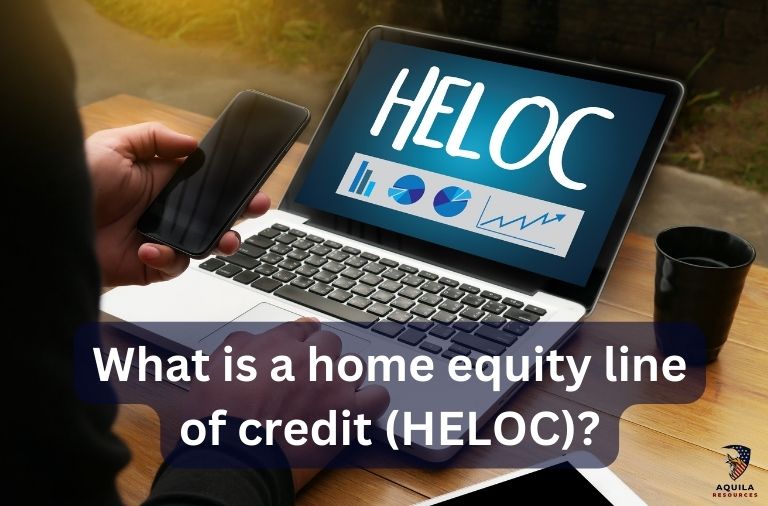
The home equity line of credit is a revolving credit line secured by your home that provides a revolving credit line for large purchases or consolidating high-interest rate credit card debt. There are several advantages to using a HELOC, including a low interest rate and the opportunity to reduce the interest. If you have questions about interest deductibility, please get in touch with your tax advisor.
A home equity loan or line of credit uses your home’s equity as collateral, which is the difference between its value and your mortgage balance. With home equity loans, you’ll receive extremely competitive interest rates because your home’s equity secures them. A secured loan will cost less in financing fees than an unsecured loan, such as a credit card.
The downside of using your home as collateral is that selling can take time. When you fail to make payments on your home equity loan, your home becomes subject to a second lien, giving them the right to take over your entire property. Using your house or condo as collateral puts you at greater risk.
How Does a HELOC Work?
A HELOC is a line of credit secured by your home and backed by the equity in your home. Similarly to a credit card, your available credit is replenished as you pay your outstanding balance. If you need to borrow against it again, you can do so up to the limit you establish at closing and for as long as you need to. The repayment period begins (usually 20 years) when the draw period ends.
The majority of home equity credit lines are divided into two phases. In the first phase, you have a draw period, often ten years, during which you can use your available credit as you see fit. When you draw on a HELOC, you will typically have to make small interest-only payments for the draw period, but you can pay extra to apply it to the principal if you wish.
A draw period extension is sometimes possible after the draw period ends. It will then enter the second phase of repayment, which is the second phase of the loan. You cannot access additional funds after this point and must make regular interest-plus-principal payments until the balance disappears. After a 10-year draw period, most lenders have a 20-year repayment period. All the money you borrowed must be repaid during the repayment period, plus interest. The repayment period may be offered by some lenders in various ways.
A HELOC offers many advantages over a standard credit line and several differences from a standard credit line. As a result of interest-only payments during the draw period, repayment payments can almost double during the repayment period. When only interest payments are required under a 7% APR on an $80,000 HELOC during the first 10 years, it would cost around $470 a month. The repayment period increases that amount to about $720 per month.
HELOC borrowers who are unprepared can experience payment shock during the onset of the new repayment period. It may cause people with financial hardships to default on their loans if the amounts are large enough. You may lose your home if you default on the payments.
Qualification for a Home Equity Line of Credit for Bad Credit
A home equity line of credit is only available when you have available equity in your home, which means that your loan balance must be less than the value of your home. The amount you can borrow is usually up to 85% of the value of your home minus your mortgage balance. The lender also assesses the credit score and history of the borrower, the history of employment, and the borrower’s income and debts, just as when they first granted the loan.
How to Get a Home Equity Line of Credit for Bad Credit?
You can apply for a HELOC in the same way as you would for a purchase or refinance mortgage. The same documentation will be required; you must prove you are also creditworthy. The following steps will guide you:
- You can easily determine how much you need to borrow based on the equity in your home (i.e., what you owe minus what the home is worth).
- Ensure you have all the necessary documents (W-2s, recent pay stubs, mortgage statements, and ID) before you apply.
- Make sure you shop around for the HELOC and apply with multiple lenders.
- Read your disclosure documents carefully and ask your lender any questions. Check to see if the HELOC meets your needs. If you want to borrow thousands of dollars, is there an initial draw requirement? If you want the best interest rate on a HELOC, do you need to open a separate bank account?
- You can expect the underwriting process to take several weeks for a first-time home buyer, even though it is less intensive than when you applied for your mortgage.
- Once you have signed the paperwork and the credit line becomes available, you must wait until the loan closes.
Pros and Cons of Home Equity Line of Credit for Bad Credit
Whether property values increase or remain the same, every new loan strains your finances. Your payments are more difficult to keep up if you lose your job. Your home is more likely to be foreclosed if you stay caught up on your payments long after the new lender takes out a lien.
Pros
- It is less expensive than many other types of loans.
- The ability to borrow money on a relatively large scale
- A potential tax break if you use the funds to improve your home
- Home equity loans offer the security of fixed interest rates.
Cons
- Your home’s equity decreases when you use your home as collateral.
- High combined loan-to-value ratios (CLTV) can result in loan defaults if the real estate market dips.
Can I Get a Home Equity Line of Credit for Bad Credit?
HELOC lenders typically require credit scores between 620 and 700, 15% to 20% equity in the home, and a maximum debt-to-income ratio of 43 percent.
The difference between a HELOC and a fixed-rate home equity loan is that HELOCs typically have variable interest rates. In turn, this could lead to changes in your payment over time, which will make budgeting more difficult.
A HELOC with bad credit will probably have the highest interest rates, and the rate might even increase throughout the loan if you have bad credit.
How Much Credit Can You Qualify For Home Equity Line of Credit for Bad Credit?
Home equity lines of credit are based on your home’s value, so how much cash you qualify for will depend on this. You can access up to 80% of your home equity if you have a lender who will lend you the money. You don’t have to spend everything you have access to, even though you may have this much.
For example, if you make payments on a $500,000 house but owe $200,000, you have $300,000 in equity. Your lender might be willing to lend you up to 80% of $300,000. This would mean receiving $240,000 from them.
Do You Pay Interest on a HELOC?
The amount you borrow will be subject to interest payments. According to Bankrate, the average HELOC rate is 4.1%: it varies by lender, but on average, it is 4.1%.
You may also pay a different interest rate depending on your credit score. An Experian study indicates that lenders prefer to see a credit score of at least 680 for a HELOC. Nevertheless, a higher credit score increases your chances of getting a lower interest rate on a line of credit. When you take out loans against your home, remember that higher interest rates mean more money you’ll have to pay back.
Make sure your credit score qualifies you for a HELOC before applying. Before a lender runs a credit check, you’ll want to improve your score (and, therefore, increase your chances of getting more favorable terms) if your score isn’t where it needs to be.
FICO scores, the most commonly used credit scores, can be checked for free through Experian. You’ll also be given recommendations for improving your credit score based on the platform’s credit history analysis.
Home Equity Loan vs HELOCs
The HELOC works differently from the home equity loan. Similar to a credit card, they are revolving sources of funds that you can access whenever you want. Many banks offer a range of ways to access your funds, including online transfers, checks, and credit cards. The interest rates on these loans are usually variable, although some lenders offer fixed rates for up to five years. They usually have few closing costs, if any, and they typically have little, if any, closing costs.
Credit lines offer a lot of flexibility, but there are also drawbacks. Even though you can borrow against your credit line anytime, untapped funds are not subject to interest. This makes it a convenient source of emergency funding (if your bank does not require minimum withdrawals). A HELOC might be a good option if you’ve lost your job, need cash, and have equity in your home.
A HELOC’s biggest con is that your home is usually used as collateral. You risk losing your home to foreclosure if you cannot repay your HELOC.
Home Equity Loans and Home Equity Line of Credit for Bad Credit
The two main ways to leverage your home equity are home equity loans and home equity lines of credit (HELOCs). Two types of loans offer homeowners access to approximately 85% of the equity in their homes, but each provides various ways to borrow this amount.
A home equity loan provides a lump sum you pay back over time in installments, while a HELOC is a revolving credit facility. A pre-established credit limit limits the amount of credit you can borrow during the draw period, and you can then use that credit again after repaying it.
Taking out either loan carries a large risk, as your home is collateral. If you fail to repay the loan, this could result in the bank foreclosing on it. There are similar requirements for both types of loans, and though qualifying for these loans with a low credit score might be challenging, you are still in luck.
Banks offering loans to borrowers with low credit scores require a higher income, so the debt-to-income ratio is lower. Moreover, they might charge higher interest rates on loans to borrowers with bad credit and require a greater percentage of equity.
| How Home Equity Loans and HELOCs Compare | ||
|---|---|---|
| Home Equity Loan | HELOC | |
| Disbursement | Lump-Sum Amount | A revolving credit line provided for a preapproved amount; a minimum draw requirement may apply at closing. |
| Repayment | Fixed Monthly Payments | Payments are typically made only on interest during the draw period, then on a full monthly basis after that. |
| Interest Rates | Usually Fixed | There are usually adjustable rates, though banks may cap your rate or offer a fixed rate for a particular period of time. |
| Points | Your Interest Rate May be Lowered by Upfront Points Charged by Lenders | There are No Points Used |
| Closing Costs | The Loan Amount is Typically 2% to 5% of the Loan Amount, Just Like a First Mortgage | The closing costs of one-time loans tend to be lower when applicable |
| Pros | Predictable Repayment Costs | A flexible credit line that allows you to withdraw money whenever you need it; interest is not charged on funds you do not use |
| Cons | Fixed-Rate Features Usually Raise Interest Rates; Limited Flexibility | There is a possibility that some borrowers will borrow money for non-essential purchases |
| Best For | The Amount You Need is Known in Advance for One-Time Needs | You may need access to funds at different times in different situations |
How Can a HELOC Help You?
A HELOC has some extra guidelines compared to other forms of credit, but it can still be a helpful way of obtaining cash to pay down other debt, support your family if you lose your job or have a reduced income, or pay for big renovations.
The amount you can borrow depends on the equity you have in your home, which is why a home equity line of credit gives you the ability to borrow more money.
A credit card can be used to fund small, less expensive projects, but its credit limit is likely to be limited. It is also not uncommon for the interest rate on a credit card to be four times higher than the interest rate on a home equity line of credit. However, if you decide a credit card is the best option, you can save some interest using an interest-free introductory offer. For the first 12 months from opening the account, you can make purchases at 0% interest (after that, 19.24% – 29.99% variable APR).
Moreover, while personal loans are more flexible than credit cards, lenders typically won’t approve you for amounts above $100,000. A HELOC might be an option if you anticipate needing additional funds. A HELOC interest charge, unlike one on a personal loan, is tax deductible if it is used for home-related expenses.
Mortgage interest can be deducted up to $1 million if you took out your mortgage before December 15, 2017. Mortgages taken out after that date can be deducted up to $750,000 for married couples filing jointly or $350,000 for married couples filing separately. It’s important to remember that this applies only if you’re using your HELOC for home-related expenses like a remodel.
Why Take Out a Second Mortgage?
A HELOC or home equity loan can be used for a wide range of purposes by homeowners. A renovation or remodeling project that increases the value of your home is one of the best uses of the funds from a financial planning perspective. Increasing your home’s equity and improving its functionality will make more equity available for future purchases.
Another type of debt consolidation involves using the money to repay other high-interest debt. The program is especially useful for paying off high-rate credit card balances. With secured credit cards, you replace a high-cost loan with a low-cost one.
The money you borrow can also be used for an overseas vacation, a new sports car, or your child’s education. Your decision regarding whether it’s worth eroding your equity is yours and something you should seriously consider.
Is a Home Equity Loan or HELOC Interest Tax Deductible?
Taking advantage of your home equity with a home equity loan or a HELOC could provide tax benefits if you deduct your interest payments. Home equity credit interest can be deducted from your income if you itemize deductions and meet certain Internal Revenue Service requirements (IRS) requirements.
FAQs
Is It Better to Get a Home Equity Loan or Line of Credit?
You need to take into account your financial situation and needs. HELOCs act like revolving lines of credit, allowing you to tap your home’s value anytime. Home equity loans are very similar to conventional loans, with a lump-sum withdrawal and payments over time.
Home equity lines of credit usually come with variable interest rates, whereas home equity loans usually have fixed rates. This can prevent you from experiencing a shock when interest rates rise in the future. Depending on your needs, you may need to work with your lender to determine which option is best for you.
What to Do If You Can’t Keep Up with Your HELOC Payments?
HELOCs typically have adjustable rates, so your payments are higher than what you planned. If you cannot repay the money, the lender may foreclose on your home. If you anticipate needing help paying back the money, act quickly if you believe you will have a problem. You can lower your rate or change your terms by refinancing. Contact the lender to learn more about your options.
How is a HELOC Paid Back?
There are two phases to a HELOC: the draw period and the repayment period. A draw period is when you borrow money as needed, and your monthly payments are typically just interest payments. As soon as the repayment period ends, you will have to repay the principal and interest, and you won’t be able to borrow money again.
How Does a HELOC Affect Your Credit Score?
Some bureaus sometimes treat HELOCs of a certain size as installment loans rather than revolving lines of credit. The effect of maxing out your credit card may differ from borrowing your HELOC limit 100%. HELOCs will temporarily lower your credit score, as with any new line of credit on your report. In the long run, a HELOC can help you build a credit score if you borrow responsibly – make timely payments and don’t use all the credit lines.
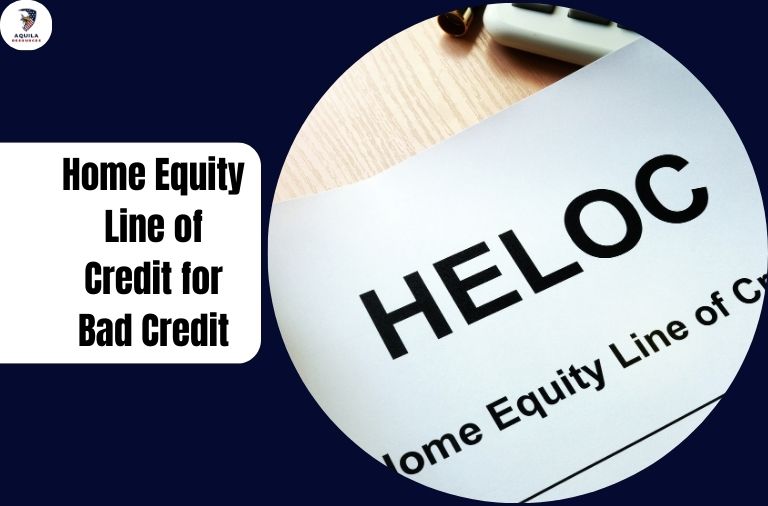



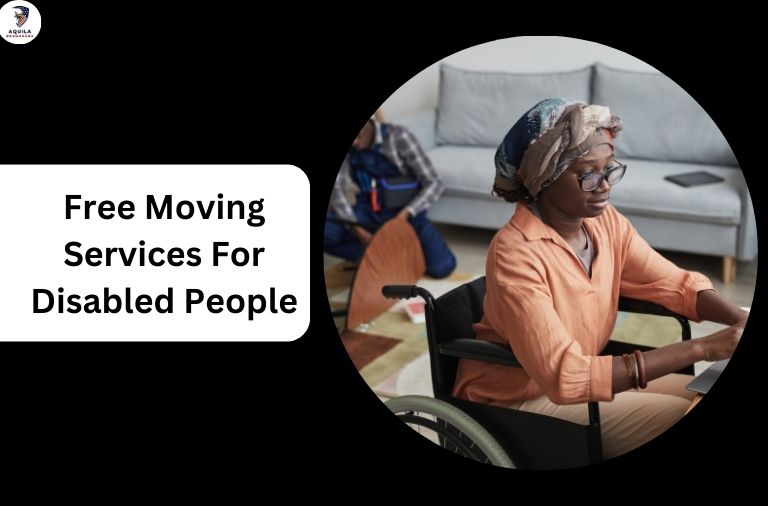

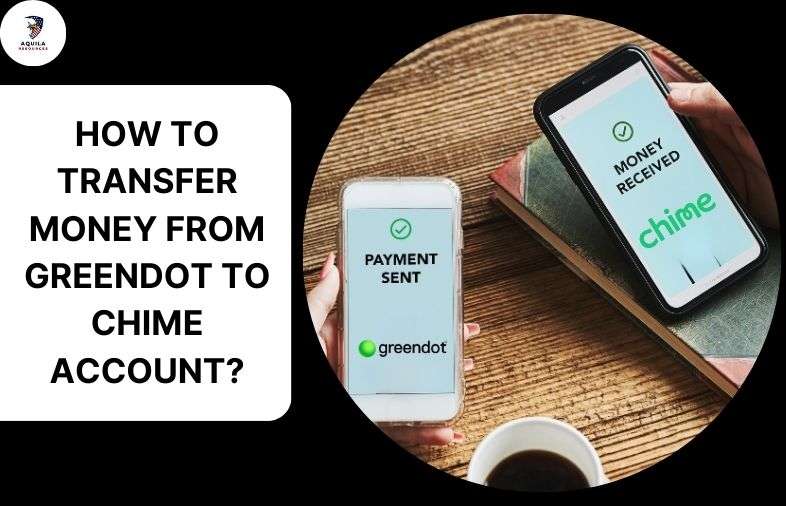






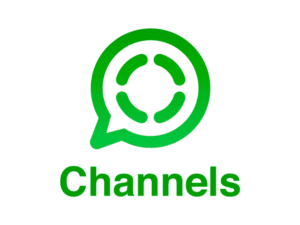

Add Comment